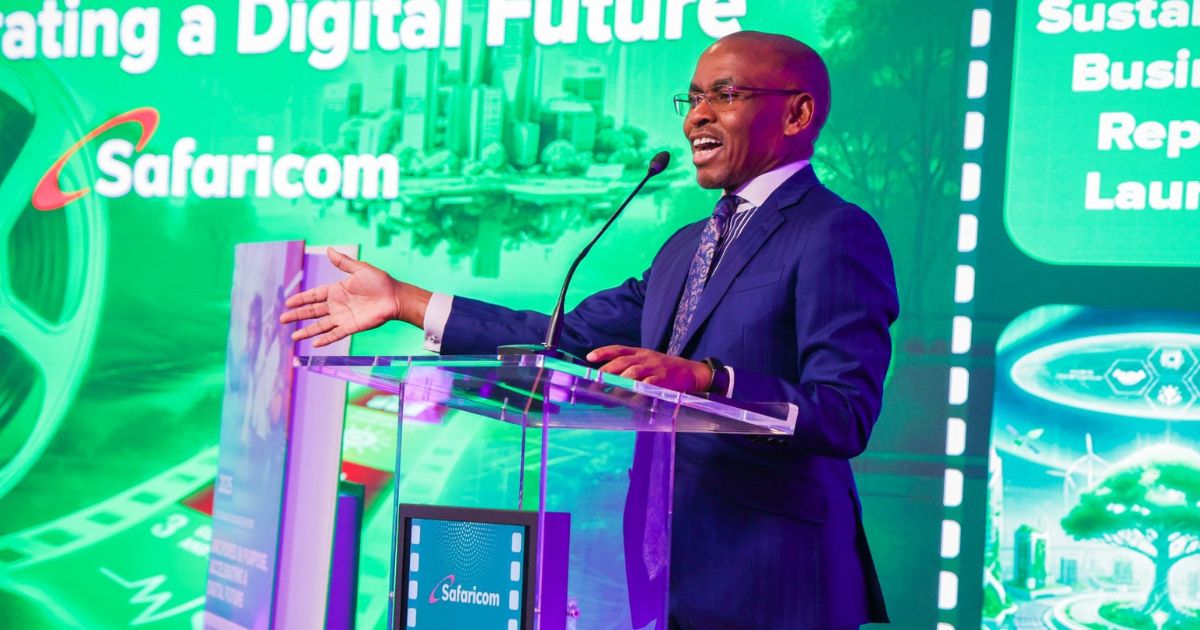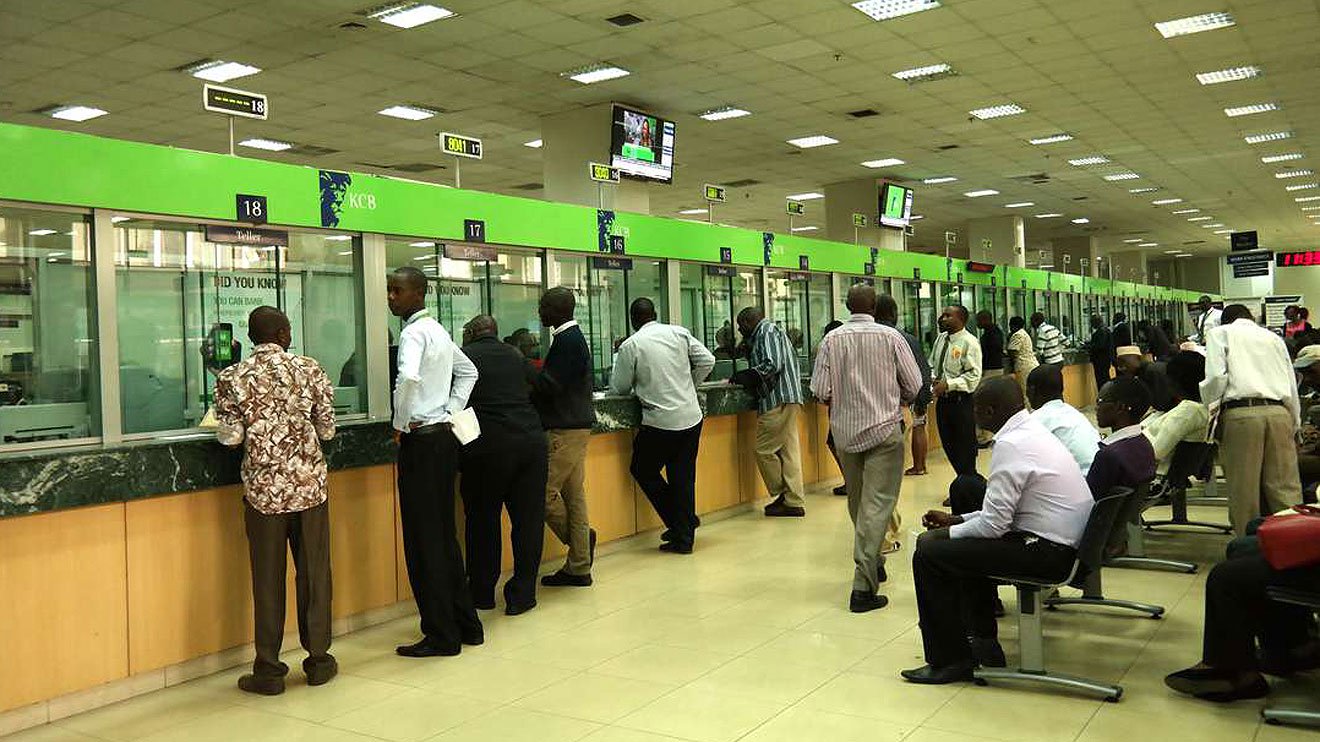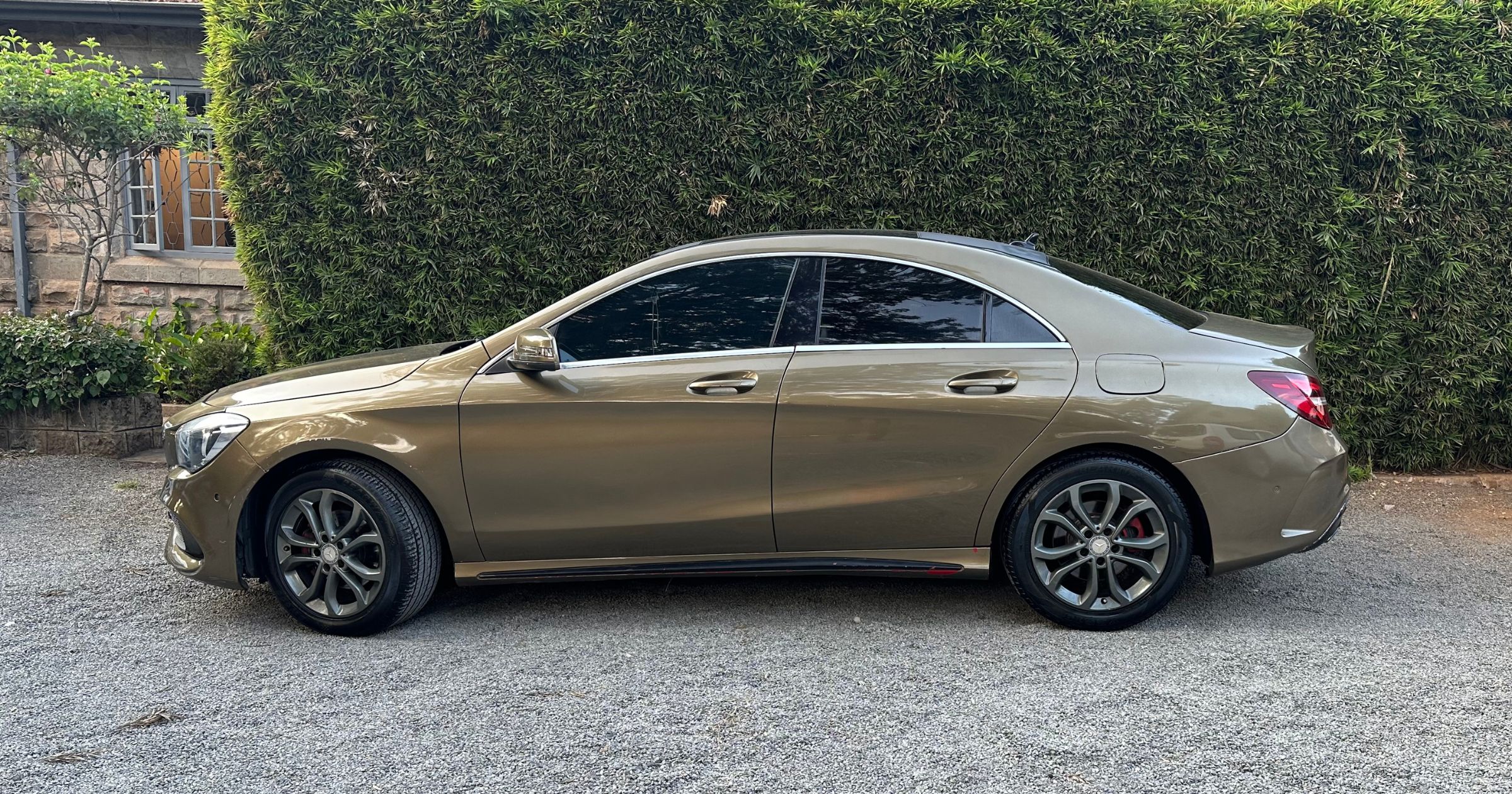- Money254 Money Weekly
- Posts
- Does a Savings Challenge Work? Here are 5 Things to Consider
Does a Savings Challenge Work? Here are 5 Things to Consider
An effective savings challenge should improve your financial position long after it ends — not just restrict you for a month and leave you financially stressed afterwards. Here are five things to check to audit whether your savings challenge is actually helping you.

Greetings, and welcome to the 48th edition of the Wallet Wellness Newsletter - your midweek source of practical financial tips to elevate your money management skills!
We hope you got a chance to read last week’s edition, where we discussed signs that show that you are about to fall off your savings challenge. This week, we shift gears to how to audit the savings challenge was effective.
As always, be sure to check out the Concept Corner below for a deep dive into the money concept of the week.
Let’s dive in!
Here’s an un-boring way to invest that billionaires have quietly leveraged for decades
If you have enough money that you think about buckets for your capital…
Ever invest in something you know will have low returns—just for the sake of diversifying?
CDs… Bonds… REITs… :(
Sure, these “boring” investments have some merits. But you probably overlooked one historically exclusive asset class:
It’s been famously leveraged by billionaires like Bezos and Gates, but just never been widely accessible until now.
It outpaced the S&P 500 (!) overall WITH low correlation to stocks, 1995 to 2025.*
It’s not private equity or real estate. Surprisingly, it’s postwar and contemporary art.
And since 2019, over 70,000 people have started investing in SHARES of artworks featuring legends like Banksy, Basquiat, and Picasso through a platform called Masterworks.
23 exits to date
$1,245,000,000+ invested
Annualized net returns like 17.6%, 17.8%, and 21.5%
My subscribers can SKIP their waitlist and invest in blue-chip art.
Investing involves risk. Past performance not indicative of future returns. Reg A disclosures at masterworks.com/cd
MONEY254 TIP OF THE WEEK
Does a Savings Challenge Work? Here are 5 Things to Consider
Savings challenges sound great on paper — No-Spend November, saving Ksh100 a day, the 52-week challenge — but completing a challenge doesn’t automatically mean it worked.
An effective savings challenge should improve your financial position long after it ends — not just restrict you for a month and leave you financially stressed afterwards.
Here are five things to check to audit whether your savings challenge is actually helping you.
1. Did Your Actual Savings Increase — or Just Move Around?
The first and most important question: Did your total savings grow, or did you just shift money from one pocket to another?
Many people save aggressively during a challenge, only to withdraw everything once the month ends.
What to Check
Compare your savings balance before the challenge and after
Exclude short-term transfers like moving money from M-Pesa to a bank and back
If you finished the challenge but your net savings didn’t increase, the structure may need adjustment.
2. Did the Challenge Fit Your Income Reality?
A challenge that ignores rent, school fees, transport, and family obligations is likely unsustainable — especially in Kenya, where financial responsibility often extends beyond the individual.
If you struggled just to survive during the challenge, it wasn’t aligned with your income.
What to Check
Did you borrow or delay bills to survive?
Were essentials skipped to meet the challenge target?
An effective challenge stretches you slightly — not suffocates you.
3. Did It Reduce Impulse Spending?
One of the main goals of a savings challenge is habit change. If you completed it but still feel the urge to spend impulsively, the challenge didn’t address behaviour — only restriction.
What to Check
Are you more intentional with purchases now?
Do you pause before spending on wants?
If your decision-making improved, that’s a win — even if the saved amount feels small.
4. Was It Emotionally Sustainable?
If the challenge made you feel deprived, anxious, or resentful of saving, it’s unlikely to work long term. Savings should create peace — not fear of money.
What to Check
Did you constantly feel frustrated or left out?
Did you binge-spend once it ended?
If yes, you may need to include modest enjoyment allowances next time, so saving doesn’t feel like punishment.
5. Did It Create a Repeatable System?
The best savings challenges leave you with systems — not just results. Once the challenge ended, did anything continue automatically?
What to Check
Did you automate savings after the challenge?
Did you set standing orders to MMFs or SACCOs?
Are you tracking expenses more consistently?
If nothing changed beyond the challenge period, its impact was short-lived.
Final Thought
A savings challenge isn’t about perfection or suffering — it’s a test.
A test of habits, spending triggers, routines, and emotional relationships with money.
If you audit your challenge honestly and adjust where things didn’t work, your next attempt will be stronger — and more sustainable.
Saving consistently matters far more than saving aggressively for a short time.
Capital Preservation
It is an investment approach that primarily focuses on protecting your initial investment and ensuring it maintains its value over time. For example, when saving to buy a fridge, you will likely put your money in a less volatile and easily accessible account. This strategy is typically employed by individuals who are risk-averse or near their financial goals and don't want to risk significant losses. Read more.
Money Tips & Career Advice
MONEY254 #MONEYTOK
5 Growing Businesses You Can Start With Ksh20K (2025)
One of the biggest challenges Kenyan entrepreneurs face is raising enough money to start their businesses. According to KNBS, only 7.4 million people run a business in a country of over 53 million, while around 40% of the population—about 20 million people—live in low-income households.
This shows how difficult it can be for many Kenyans with good business ideas to get started. The good news is that some businesses need very little capital to launch.
In this video, we highlight 5 growing businesses you can start in Kenya with Ksh20,000 or less.
That's it for this edition of Wallet Wellness. We hope these financial tips have added some energy to your hustle. Stay tuned for more practical insights in our next edition of "Wallet Wellness" next week, and watch out for Money Weekly in your inbox this Friday.
Also, don’t forget to download the Money254 App on the Google Play Store, and remember that we can help you compare over 300 loans, savings accounts, current accounts, and more if you’re thinking about your next product.
Cheers to your wallet's well-being!
Money254 editorial team.
FEEDBACK REQUEST ❤️
Poll: What do you think of this midweek Wallet Wellness email?We'd love to have your feedback on this Wallet Wellness newsletter. Let us know how you feel about it below! You will be able to give us direct feedback on how we can make it back after voting 🙏 |
Thank you to all of you who gave feedback on last weeks newsletter!
❤️ Share with a friend
Thanks for reading. If you liked this week’s Wallet Wellness email, we’d love for you to share it with a friend.
If this email was forwarded to you, you can subscribe here.








%20(1).jpg)